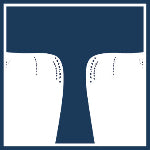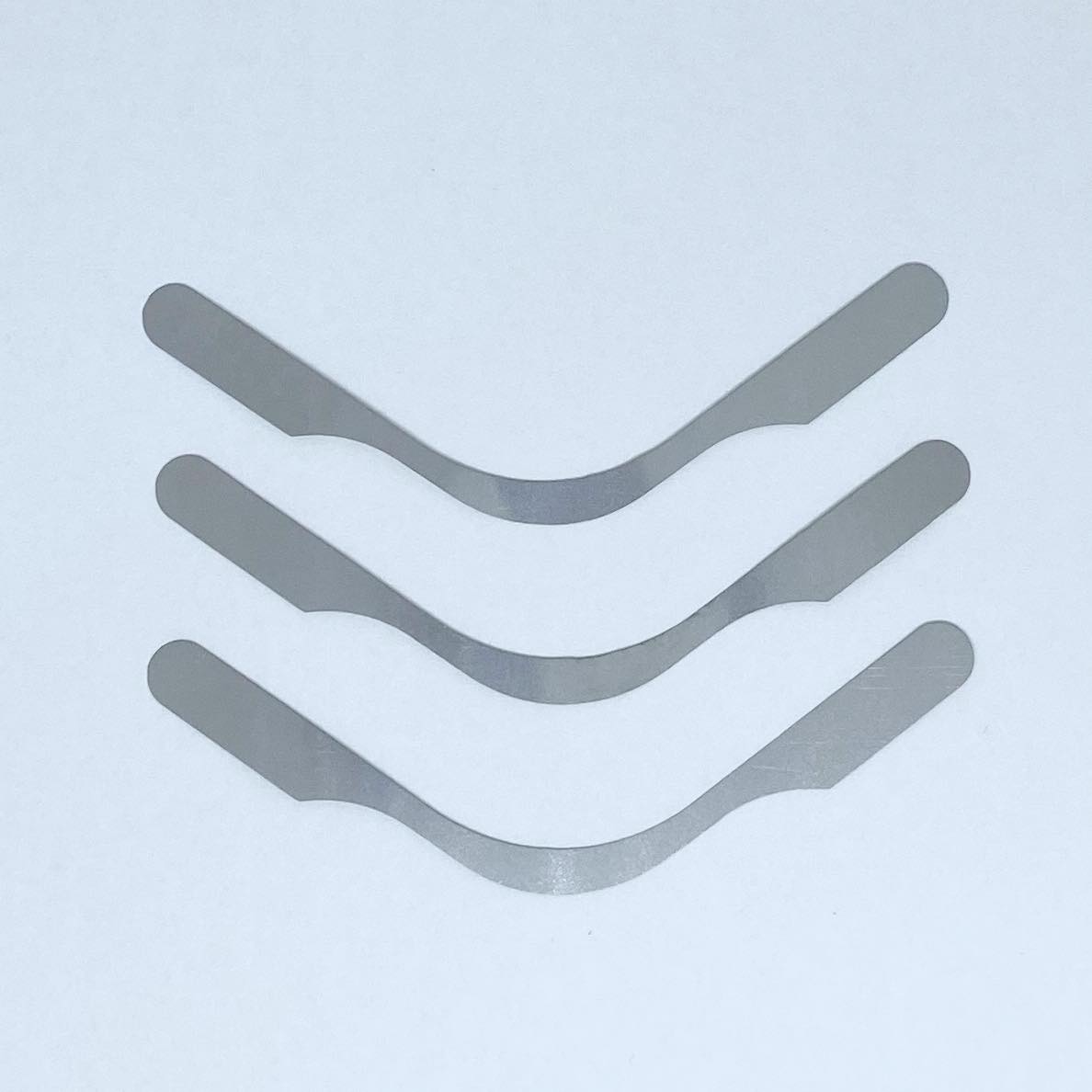A common alternative to traditional posterior surgical crown lengthening procedure is the less invasive, non-surgical DME (or deep margin elevation). This method aims to expand the margins of the restoration by placing them more coronally. Some raise concerns regarding the reliability of the restoration due to the extended interface between the direct restorative material and ceramic. However, proximal ceramic inlays with shorter heights (such as the ones in DME) are actually less likely to fracture and fail as opposed to larger ceramic inlays. Additionally, this particular height allows for divergence without interference from the adjacent tooth as well as reduces the risk of black triangles along with overbuilding the elevation.
Moreover, DME has been proven to significantly improve the bond and marginal seal of indirect adhesive restorations. As well, a biological width analysis shows that there are overall higher survival rates in this procedure in contrast with a more permanent crown lengthening procedure. Here at Tashmed, we offer variety of the DME bands which facilitate this process and ensure the success of the restoration. Aside from the previously mentioned benefits, our bands are designed with particular curvature which allows both convergence as well as a tight subgingival fit. Furthermore, we ensure reduced height in our bands as it grants a better gingival seal when sliding below the equator.
A simple guide to using these stainless-steel bands is as follows:
- Clean the deep margin and perform gingivectomy if necessary
- Isolate the deep margin with a rubber dam
- Place the matrix band in the tofflemire holder and tighten the setting screw
- Narrow the matrix loop to approximate the tooth before seating
- Seat the matrix over the tooth and apply apical pressure whilst fully tightening
- Perform bonding steps (may differ upon individuals)
- Place composite and cure
- Make sure the elevation is not any more than 1 mm above the rubber band level in order to certify a proper emergence profile

